Exploring the Traditional Bateas Yoruba Uses in Spiritual Practices
The Yoruba culture is renowned for its rich tapestry of traditions and spiritual practices. Among the many artifacts embedded in these rituals, the ‘Bateas’ hold a special place. In this blog, we’ll delve into the significance, uses, and cultural essence of Bateas within Yoruba spiritual practices.
Understanding the Role of Bateas in Yoruba Culture
Before diving into their spiritual uses, it’s important to understand what Bateas are and how they fit into the wider Yoruba cultural landscape. These beautifully crafted, often wooden trays are not just decorative objects but carry significant cultural weight.
In many Yoruba households, Bateas are more than just utilitarian objects; they are symbolic vessels that convey the cultural identity and spiritual beliefs of their owners. The art found on these Bateas often depicts ancestral stories or deities, acting as a reminder of one’s lineage and duties Bateas Collection. As these trays pass through generations, they become heritage items, signifying continuity and the ever-present connection to one’s roots.
Like many cultural artifacts, the Batea has transcended its practical use over time. While it might have started as a simple tray for serving, it has morphed into an object of reverence, often used in significant rites and ceremonies. Such transformations remind us of the dynamic nature of cultural objects and how they evolve as society does.
Bateas as a Medium in Spiritual Rituals
In Yoruba spirituality, Bateas serve as a crucial medium for various rituals. They act as vessels that hold offerings to deities, serving as a bridge between the physical and the spiritual realms. We’ll explore how they are used in different ceremonies, such as divination and ancestral worship.
The Batea is indispensable in ceremonies like those honoring the Orishas. Offerings placed on Bateas are believed to carry prayers and requests to the deities. In rituals, the act of presenting fruits, grains, and objects in a Batea is not merely symbolic; it’s a heartfelt gesture connecting with a higher plane.
At the center of many spiritual gatherings, the Batea becomes a focal point where energies converge. When a Batea is used in a ceremony, it carries the intent and essence of the ritual, making it a sacred space within the broader ritual context. Its presence is a constant reminder of the divine and its influence over daily life.
Symbolism and Design of Bateas
Each Batea is meticulously crafted, often featuring intricate designs that hold symbolic meaning. The motifs can vary depending on the spiritual context and intended use. This section will delve into the artistic and symbolic aspects of Bateas, enhancing their spiritual significance.
The artistry of Bateas isn’t just about beauty—each design communicates a unique story. For instance, depictions of animals or natural elements symbolize specific Orishas, reflecting their dominion over nature and human qualities Sacred Arts. These motifs are more than decorative; they serve as spiritual guides and reminders of moral codes.
Moreover, the materials used in crafting a Batea also possess symbolic importance. Wood, being an earthly element, signifies growth, connection, and endurance. Such materials ground the Batea and, by extension, the rituals performed with it, in the physical world, while reaching for the ethereal. This interplay of materials and design elevates the Batea beyond a mere object to a tapestry of spiritual expression.
Preservation of Tradition Through Bateas
With globalization and cultural shifts, there’s a renewed focus on preserving traditional practices such as the use of Bateas. We’ll discuss efforts being made to keep these cultural practices alive and the importance of passing them down to future generations.
As more people find themselves drawn to their roots, initiatives are being carried out to keep these traditions alive. Shops like Botanica Nena play a vital role in this conservation by providing resources and sharing expertise in Yoruba and Santeria practices. These businesses act as custodians of history and tradition, enabling a deeper connection to one’s cultural identity.
Efforts in documenting and sharing knowledge about traditional artifacts like Bateas in modern digital formats also contribute to preserving these rich traditions for future generations. This digital archiving not only ensures that the craftsmanship and cultural meanings are not lost, but also allows them to be appreciated by a global audience.
In conclusion, through understanding and valuing cultural icons like Bateas, we can contribute to the enduring legacy of the Yoruba tradition. With this appreciation, individuals and communities are empowered to integrate these meaningful practices into their daily lives, ensuring that the spirit and heritage of the Yoruba culture continue to flourish.
Honoring a Rich Heritage
The Bateas are more than mere artifacts; they are a testament to the profound spiritual and cultural heritage of the Yoruba people. As we continue to explore and appreciate such traditions, we gain deeper insights into the ancient wisdom and practices that have shaped generations.




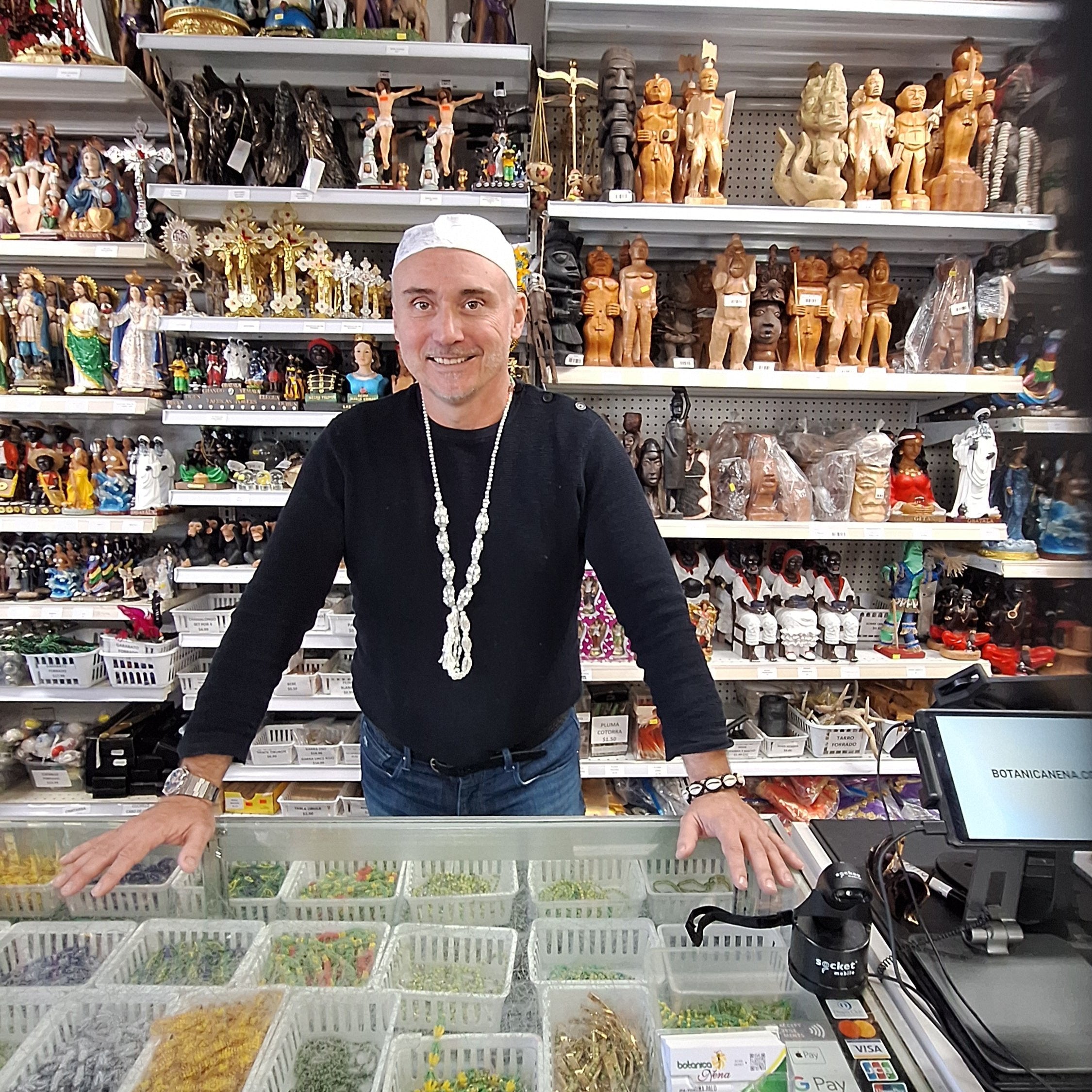



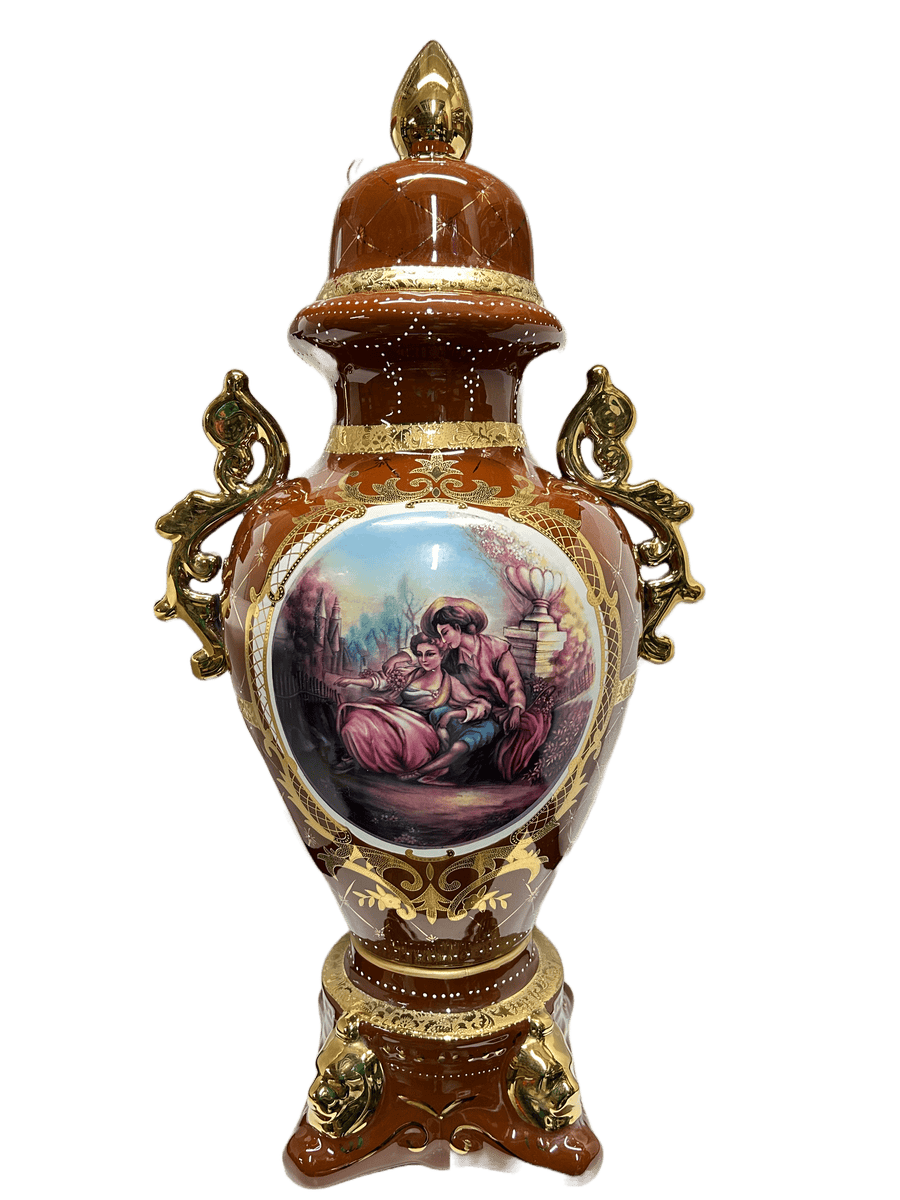
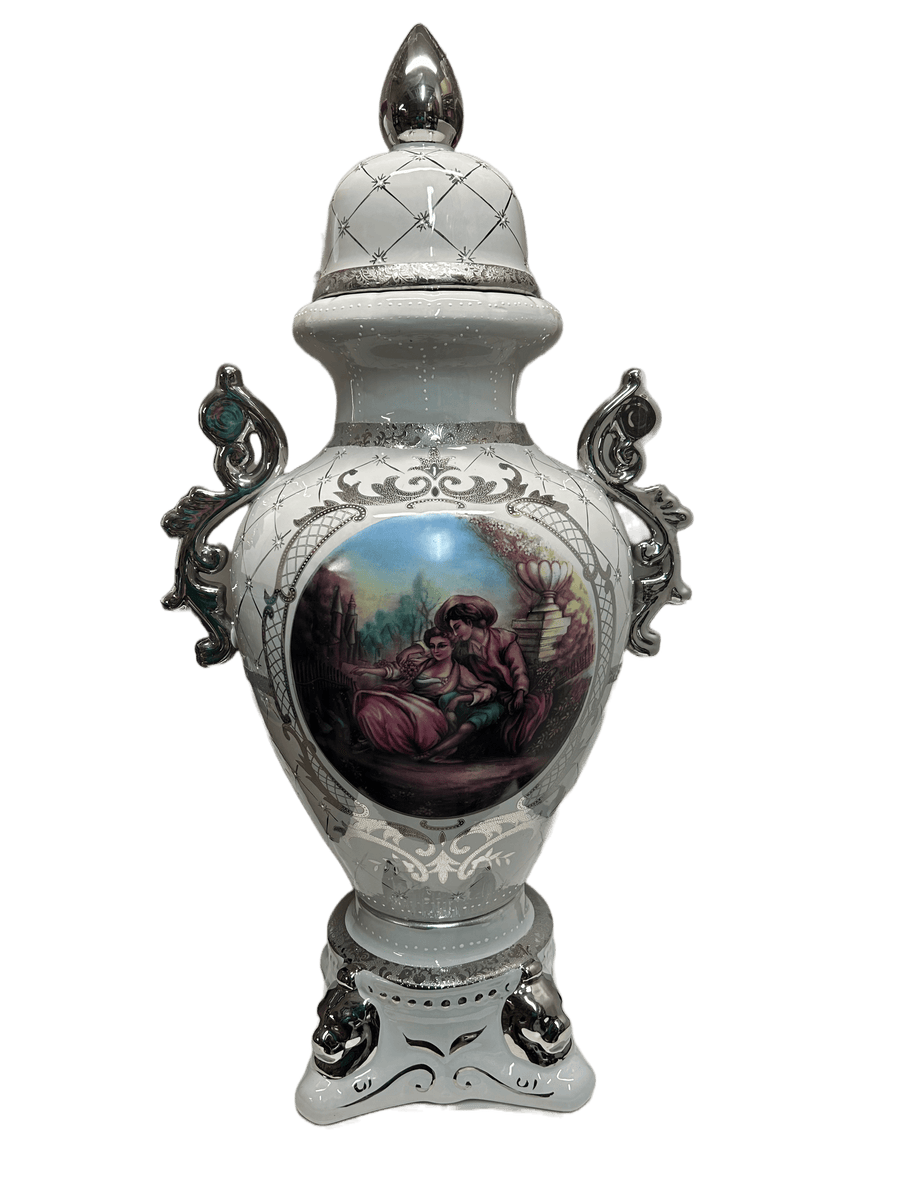
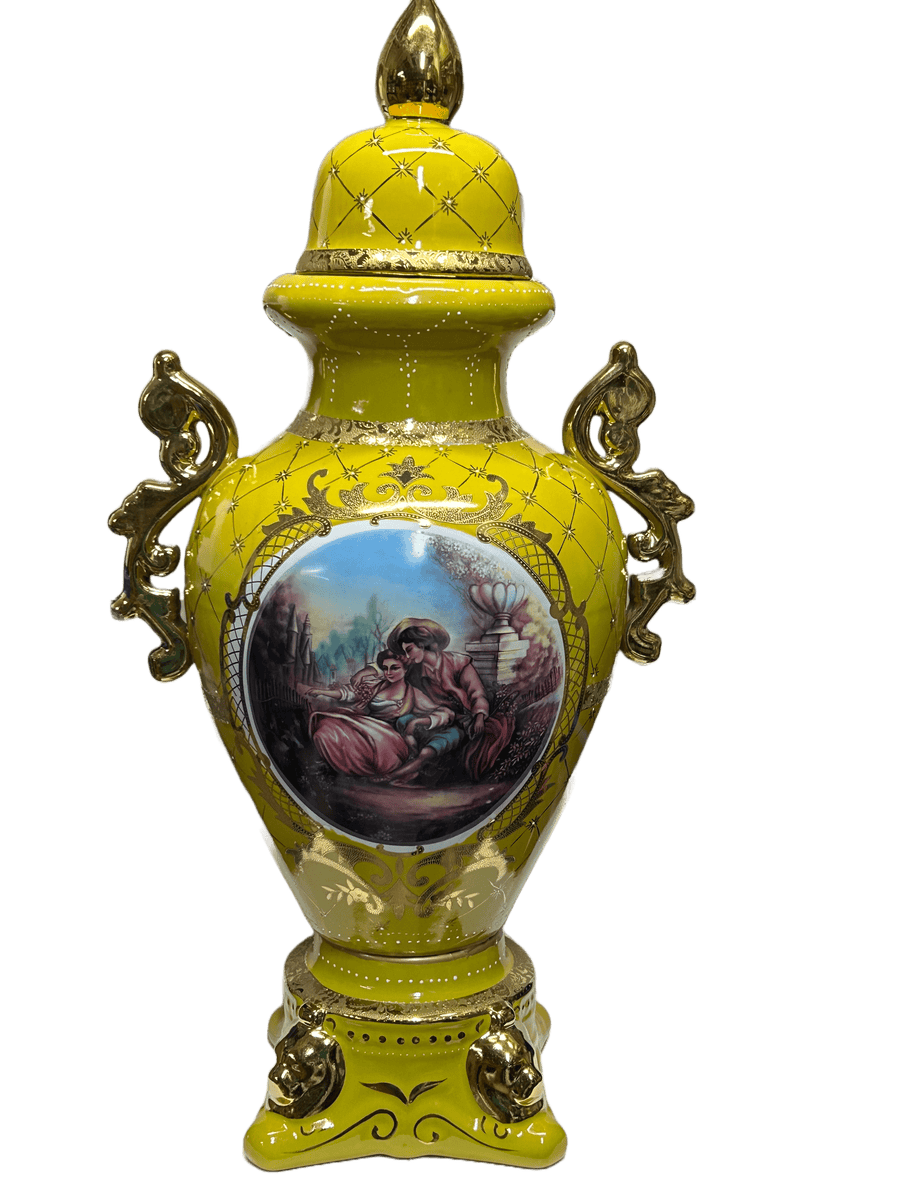

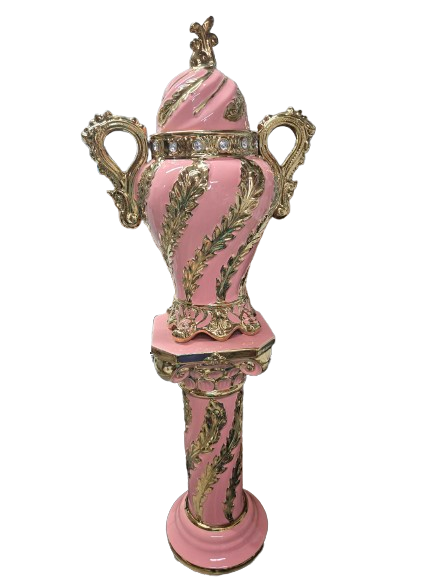

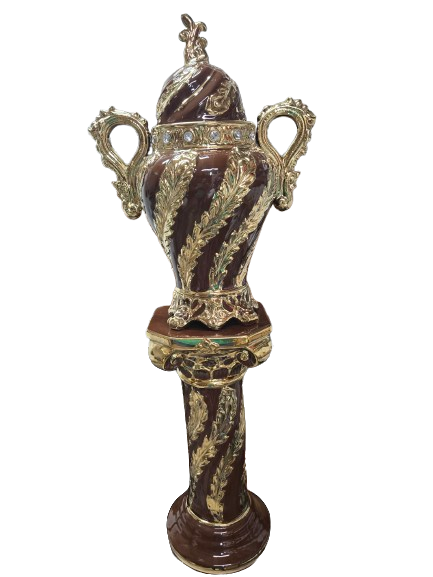
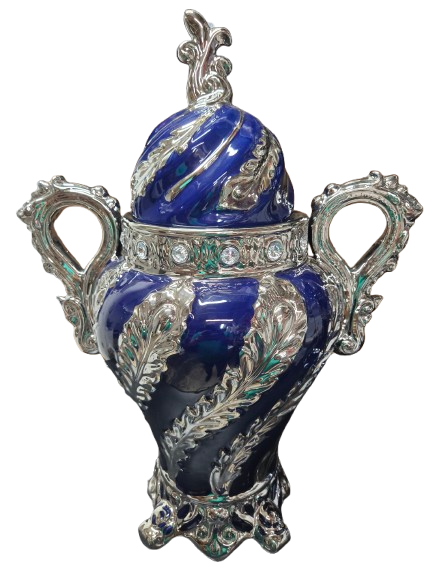
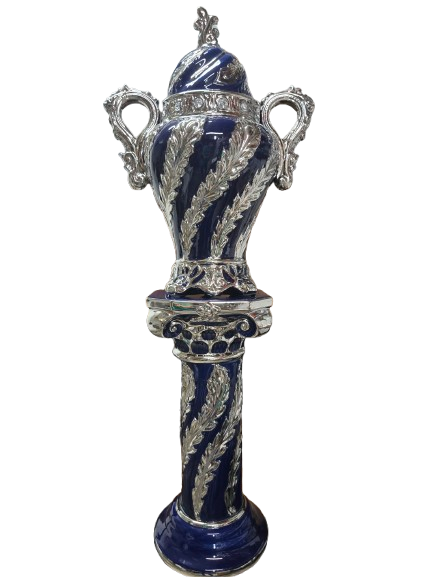

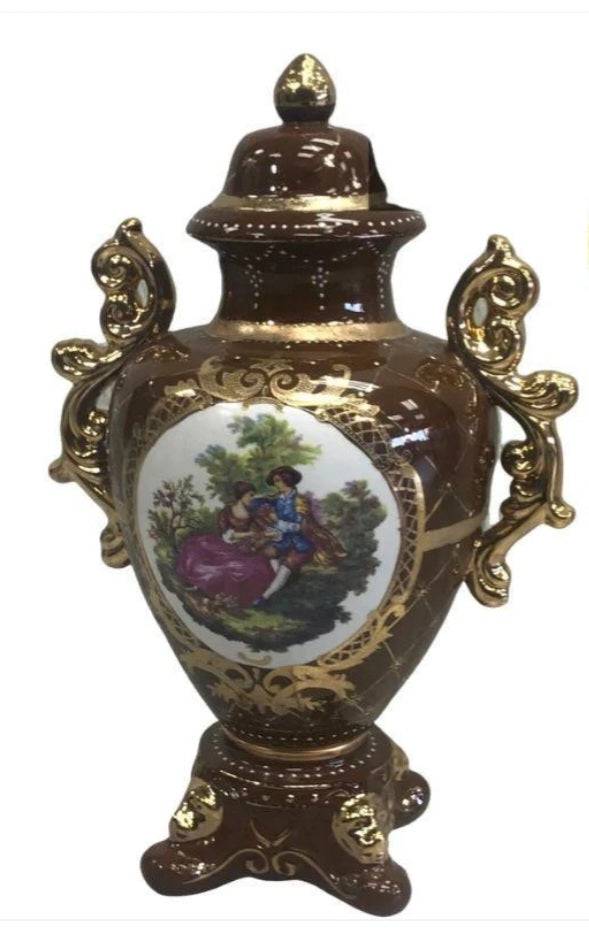
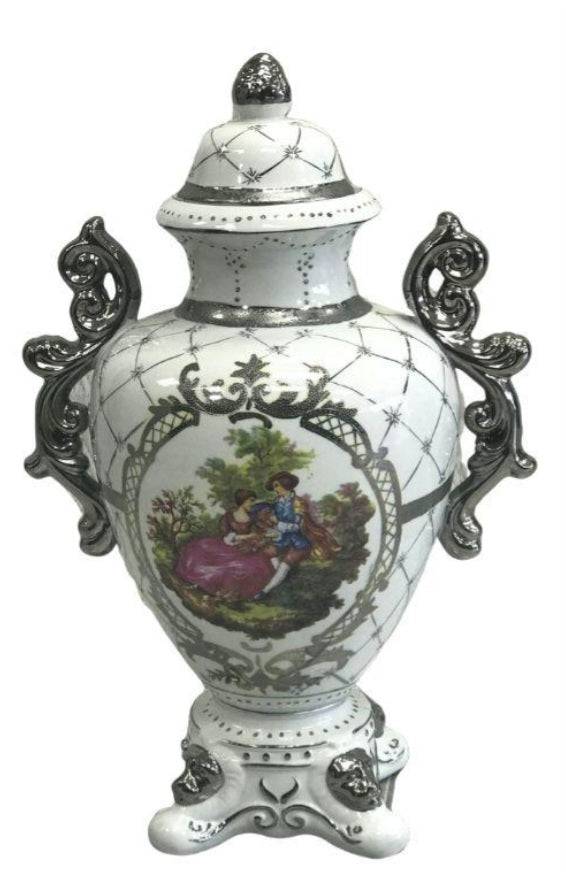



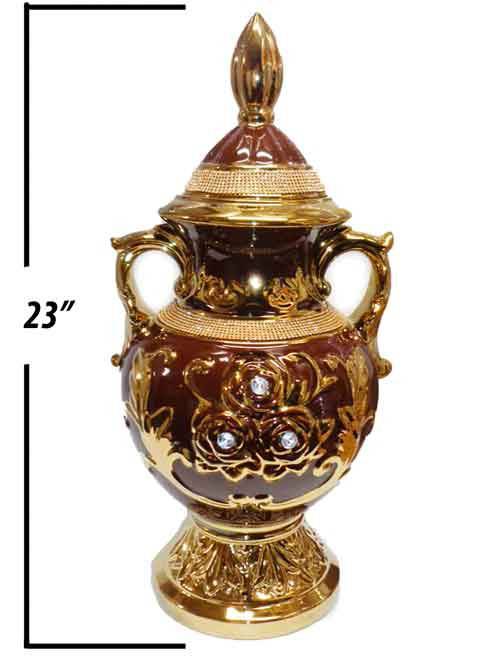






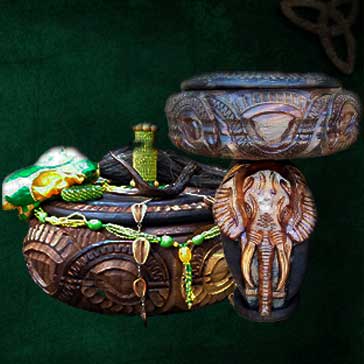


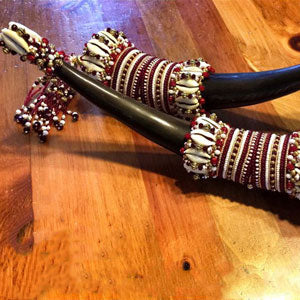



Dejar un comentario